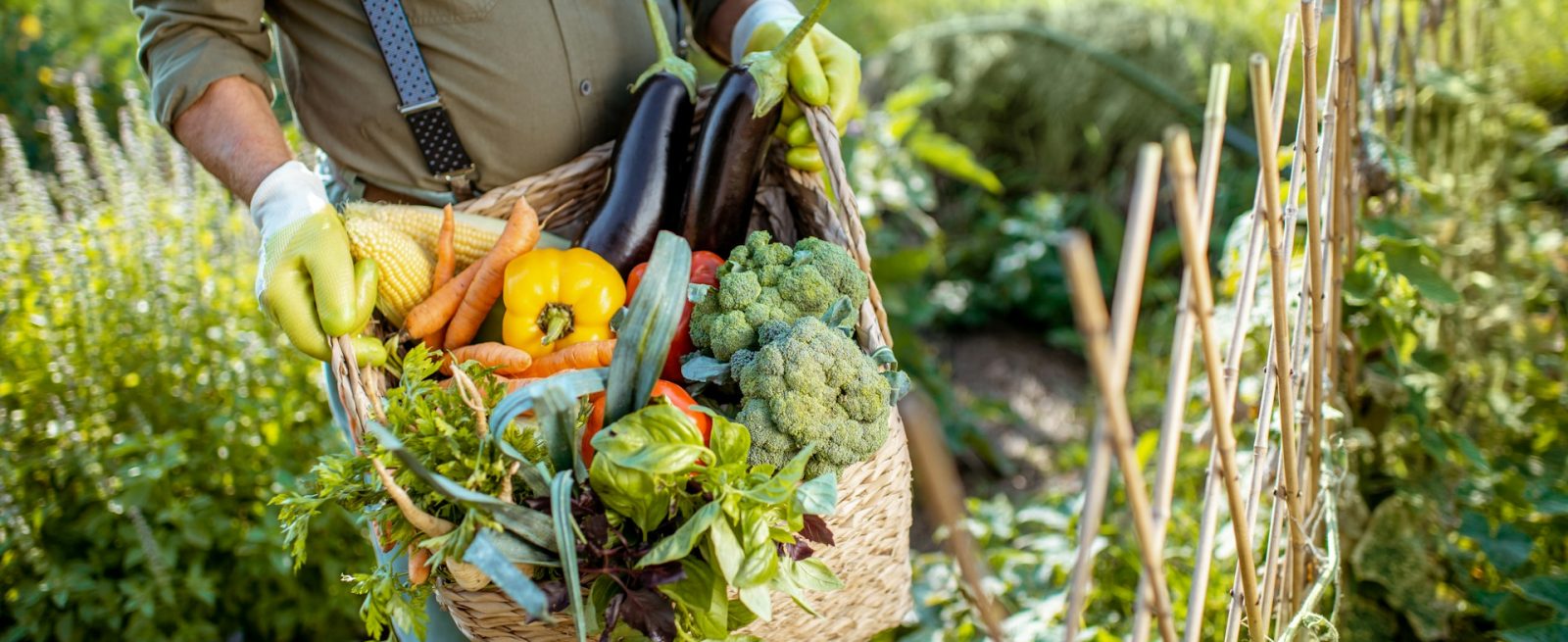Bridging the Farm-to-Table Expectations with Supply Chain Realities
4 Min Read By Mary Fabro
For decades, “farm-to-table” has signified freshness, sustainability, and authenticity. Diners expect menus that reflect local farms, seasonal harvests, and thoughtful sourcing. Yet in 2025, delivering on this promise has become increasingly complex.
Global inflation, rising transportation costs, and climate-induced volatility are straining supply chains. Restaurants that once relied on nearby farmers now face fluctuating availability, skyrocketing prices, and unpredictable harvests. The gap between consumer expectations and operational reality is wider than ever.
In response, operators around the world are innovating, not by abandoning local sourcing, but by rethinking what it truly means in a globalized, high-cost environment.
Inflation Meets Integrity
Rising food and labor costs have forced restaurants to confront a difficult question: is local sourcing still worth the added complexity? Unpredictable availability, higher prices, and limited supply can make sourcing from nearby farms more challenging. Fresh vegetables, fruits, and proteins from local producers often cost more than standard wholesale options.
Yet, abandoning local and seasonal sourcing risks eroding a restaurant’s brand identity and guest trust. Many operators are now finding creative ways to protect their margins while staying true to their sourcing values. This shift requires redefining “local” — not as a fixed geographic radius, but as a broader commitment to quality, transparency, and relationship-driven supply chains.
Redefining Local in a Global Context
“Local” doesn’t have to mean hyperlocal. Urban operators often partner with regional cooperatives or aggregators that source from farms within a wider geographic area. By consolidating deliveries from multiple small farms, restaurants gain access to diverse seasonal ingredients while keeping logistics manageable.
Global cities illustrate this approach: in Singapore, seasonal vegetables may arrive from regional farms across Southeast Asia; in Berlin, restaurants receive produce from nearby Poland or the Netherlands. Transparency and traceability remain critical: diners are satisfied knowing that ingredients are responsibly sourced, even if they come from hundreds of miles away.
Leveraging Technology
Technology has become a critical enabler of farm-to-table sourcing in volatile markets. Supply chain management platforms, inventory tracking systems, and forecasting tools allow chefs and operators to anticipate shortages, adjust orders, and minimize waste.
Modern platforms connect restaurants directly with farmers, allowing real-time inventory checks, price tracking, and bulk ordering. Blockchain-based tracking systems further ensure authenticity and reinforce sustainability messaging. Technology transforms what was once a fragile, linear supply chain into a resilient, interconnected network.
Embracing Seasonality Amid Unpredictability
Seasonality has always defined farm-to-table cuisine, but climate change has disrupted predictable harvest cycles. Chefs now face fluctuating availability of even staple ingredients.
The solution lies in embracing flexibility. Menus can highlight the concept of seasonal exploration rather than rigid itemization. Seasonal specials, rotating dishes, or “chef’s surprise” plates turn variability into a selling point, engaging diners with evolving culinary stories.
This adaptive approach has been implemented successfully in restaurants across Europe and Asia, where weekly or even daily menu changes reflect availability rather than adherence to a static plan.
Practical Strategies for Operators
Successful operators employ several strategies to maintain local sourcing and profitability:
1. Collaborative Buying Networks
Restaurants form alliances to pool orders from regional farms. This reduces per-unit costs, eases logistics, and strengthens supplier relationships.
2. Flexible Menu Structures
Maintaining a core set of reliable ingredients while rotating seasonal specials allows consistency without sacrificing variety.
3. Preservation Techniques
Pickling, fermenting, and freezing surplus produce extends shelf life, reduces waste, and ensures ingredient availability beyond peak seasons.
4. Data-Driven Forecasting
Predictive analytics track market trends, price fluctuations, and seasonal availability, allowing proactive menu adjustments.
5. Transparent Communication
Diners respond positively to honesty about sourcing challenges. Menu annotations or social media posts highlighting seasonal variations foster trust and loyalty.
Global Case Examples
-
Europe: Many small and mid-size restaurants in Germany, France, and the Netherlands source from regional cooperatives spanning multiple countries. They report improved access to seasonal produce and lower costs while maintaining farm-to-table messaging.
-
Asia: Urban restaurants in Singapore and Tokyo integrate hydroponic farms and controlled-environment agriculture, blending hyperlocal sourcing with global produce networks to maintain menu quality year-round.
-
North America: Farm-to-table operators in New York and Vancouver partner with agricultural tech companies to optimize delivery routes, reduce spoilage, and track sustainability metrics.
These approaches demonstrate that adaptability and innovation, rather than strict geographic definitions, are the future of local sourcing.
Beyond Ingredients: Human Connections
Farm-to-table sourcing is fundamentally about relationships. Farmers, distributors, and chefs collaborate to manage supply fluctuations, respond to market conditions, and plan for seasonal availability.
Investing in these human networks strengthens supply reliability. Operators who prioritize long-term partnerships with suppliers can secure consistent access to high-quality ingredients, even during periods of inflation and disruption.
Toward a Connected Farm-to-Table Model
The next evolution of farm-to-table is a connected, transparent, and tech-enabled system linking farms, distributors, and restaurants. Restaurants participate in global networks that combine regional sourcing with real-time visibility into availability, pricing, and quality metrics.
This model preserves the ethos of local and seasonal sourcing while accommodating the realities of global supply chains and market volatility.
Global inflation, climate change, and supply chain unpredictability have challenged the traditional farm-to-table model. Yet, restaurants that adapt by leveraging technology, embracing flexibility, and strengthening supplier relationships — can maintain their commitment to local and seasonal sourcing.
Farm-to-table is no longer defined solely by distance; it is defined by connection, adaptability, and integrity. Restaurants that understand this evolution can continue to deliver authentic, sustainable, and memorable dining experiences, even in an unpredictable global market.

